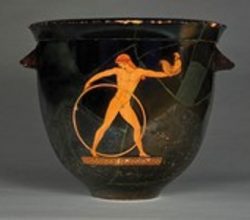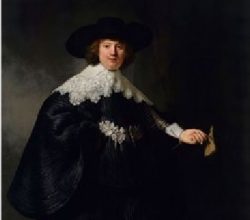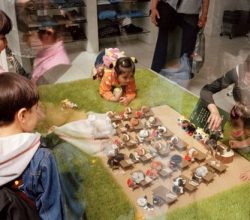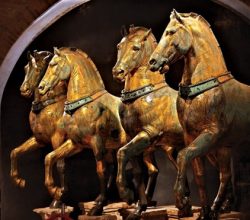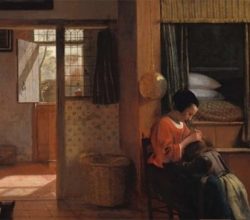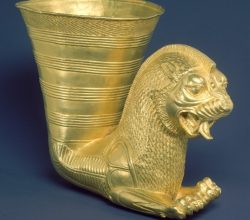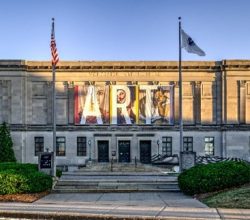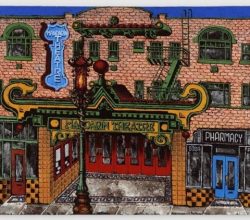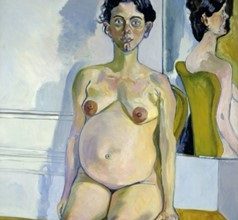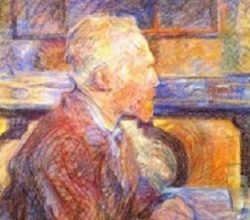
The Madman and the Dwarf: Van Gogh and Lautrec
Jeffrey Myers | The London Magazine | 7th June 2021
An odd friendship between “freakish outsiders”. Toulouse Lautrec was aristocratic, witty and “grotesquely ugly”. Van Gogh was socially awkward and mentally fragile. Somehow they clicked, recognizing each other’s talent. “[Lautrec] found Vincent’s gaucheries and wearisome habits appealing … [they were] familiar partners in the bars and cabarets of the Butte.” Lautrec suggested that Van Gogh try the “brilliant atmosphere” of Provence. Van Gogh went.

